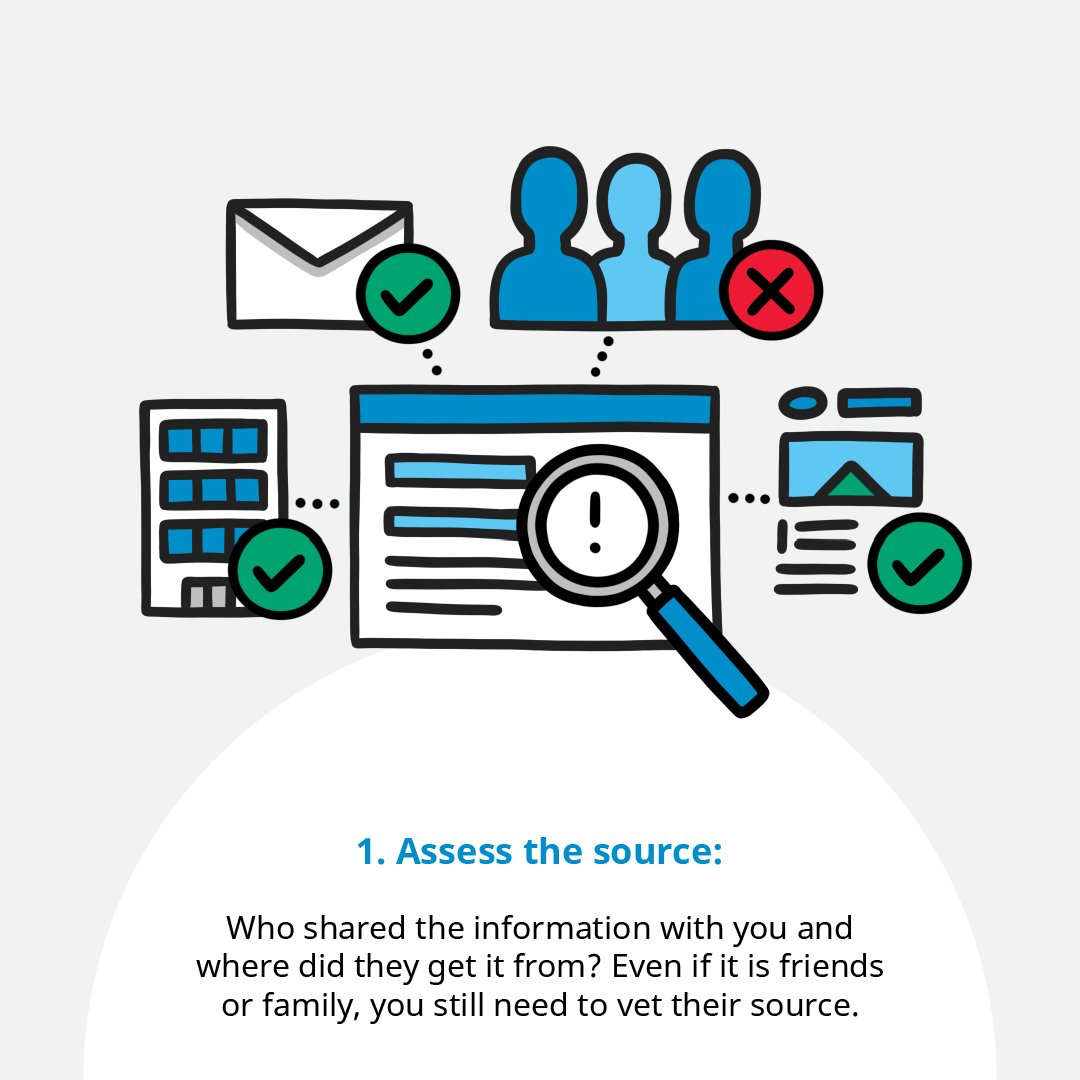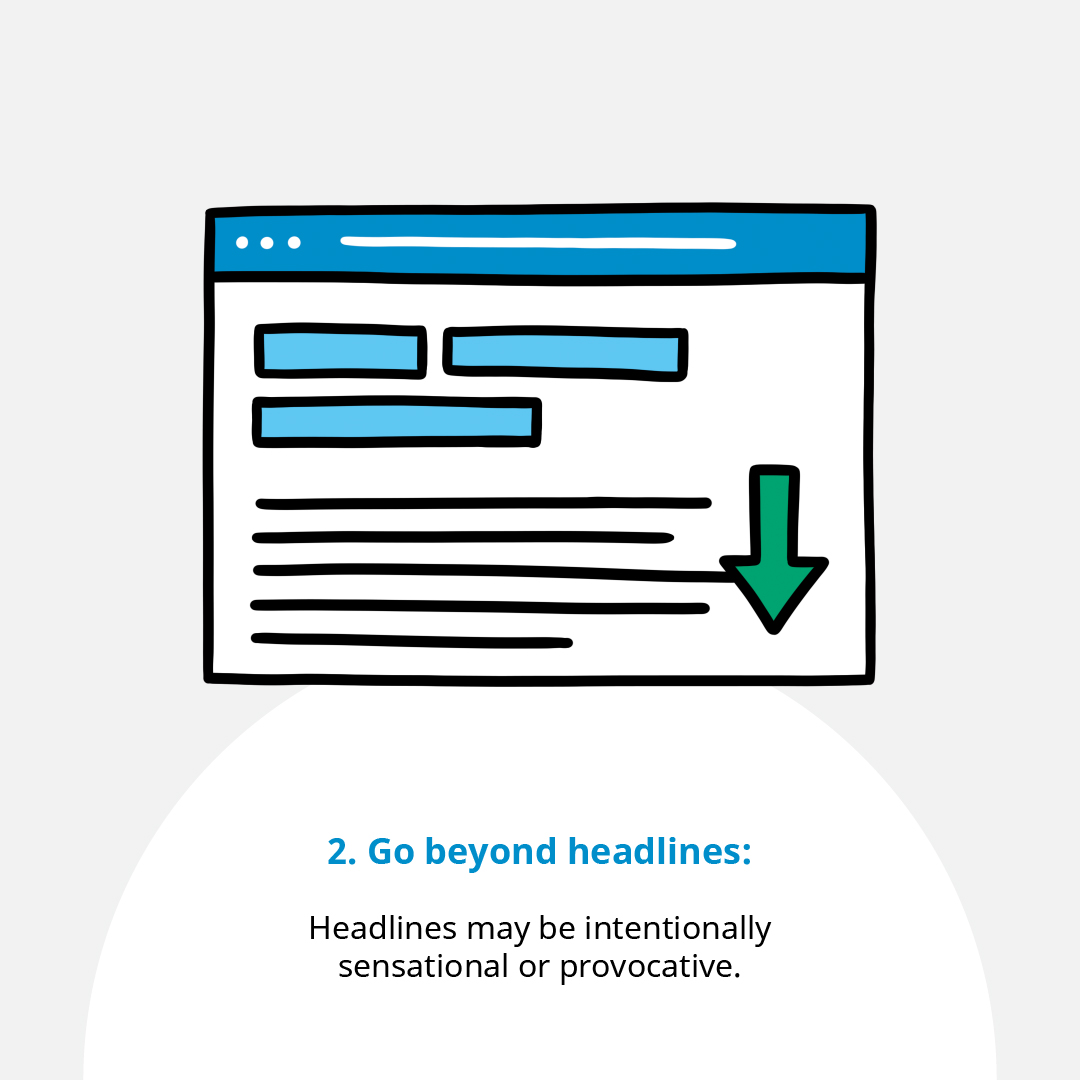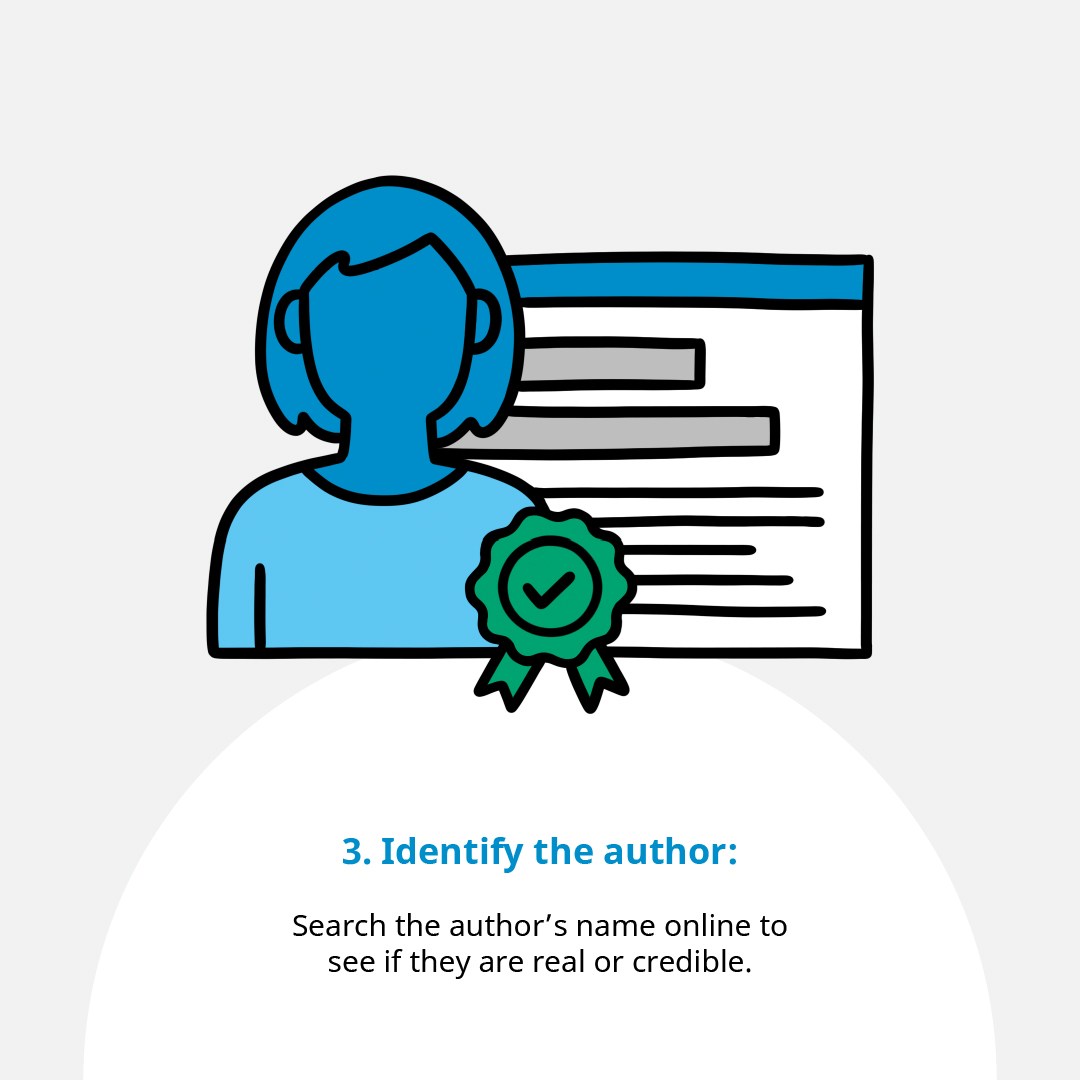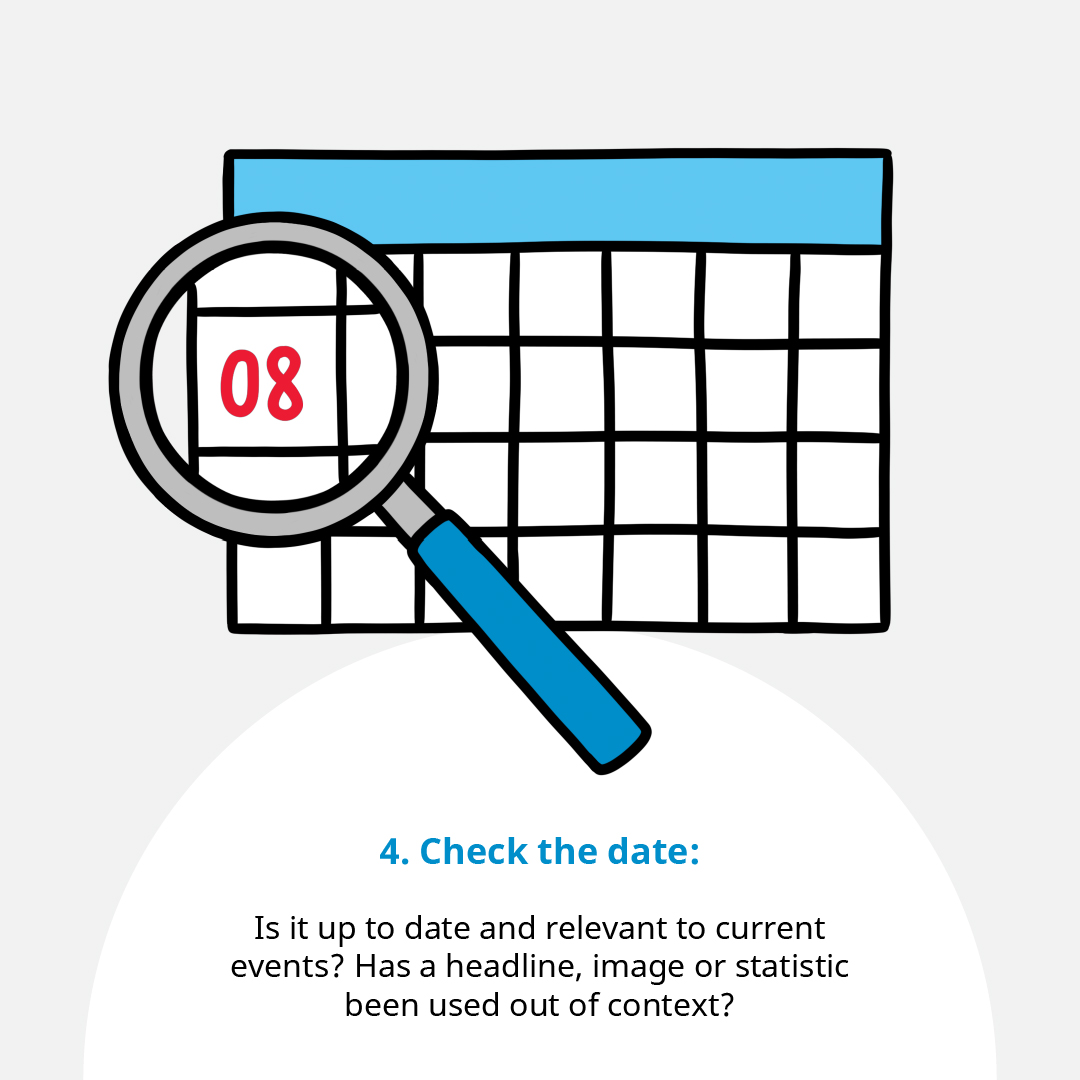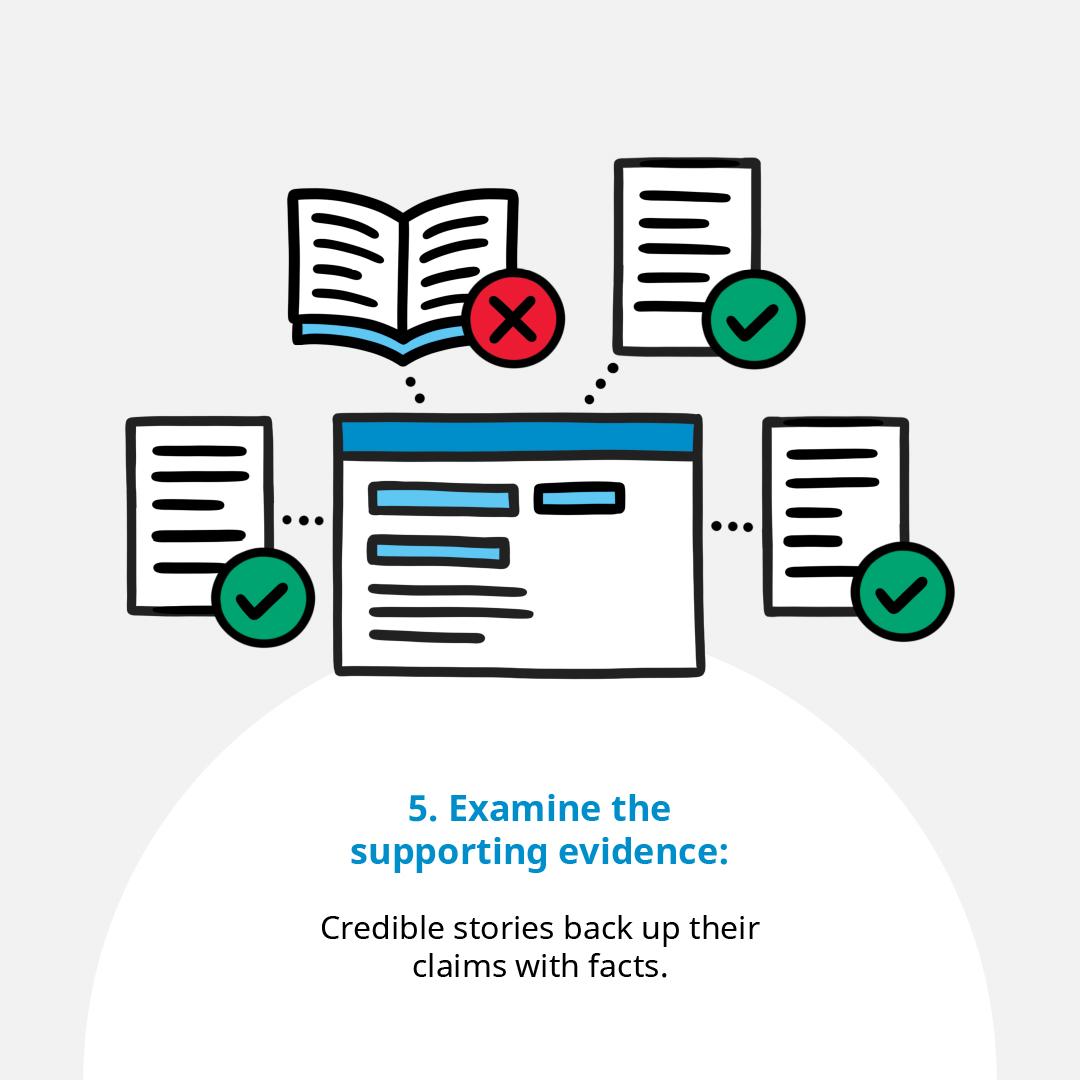We are all being exposed to a huge amount of #COVID19 information  on a daily basis, and not all of it is reliable.
on a daily basis, and not all of it is reliable.
On #SaferInternetDay , here are
, here are  tips for telling the difference and stopping the spread of misinformation.
tips for telling the difference and stopping the spread of misinformation.
 on a daily basis, and not all of it is reliable.
on a daily basis, and not all of it is reliable.On #SaferInternetDay
 , here are
, here are  tips for telling the difference and stopping the spread of misinformation.
tips for telling the difference and stopping the spread of misinformation.
 tips to identify #COVID19 misinformation or disinformation:
tips to identify #COVID19 misinformation or disinformation: Assess the source
Assess the source 
Who shared the information with you and where did they get it from? Even if it is friends or family, you still need to vet their source.
 http://bit.ly/31sc7wk
http://bit.ly/31sc7wk
 tips to identify #COVID19 misinformation/disinformation:
tips to identify #COVID19 misinformation/disinformation: Go beyond headlines
Go beyond headlinesRead more than just the headline of an article, they may be intentionally sensational or provocative – go further & look at the entire story.
 http://bit.ly/31sc7wk
http://bit.ly/31sc7wk
#SaferInternetDay  -
-  tips to identify #COVID19 misinformation or disinformation:
tips to identify #COVID19 misinformation or disinformation:
 Identify the author
Identify the author 
Search the author’s name online to see if they are real or credible.
 http://bit.ly/31sc7wk
http://bit.ly/31sc7wk
 -
-  tips to identify #COVID19 misinformation or disinformation:
tips to identify #COVID19 misinformation or disinformation: Identify the author
Identify the author 
Search the author’s name online to see if they are real or credible.
 http://bit.ly/31sc7wk
http://bit.ly/31sc7wk
#SaferInternetDay  -
-  tips to identify #COVID19 misinformation/disinformation:
tips to identify #COVID19 misinformation/disinformation:
 Check the date
Check the date 
Ask these questions: Is this a recent story? Is it up to date? Has a headline, image or statistic been used out of context?
 http://bit.ly/31sc7wk
http://bit.ly/31sc7wk
 -
-  tips to identify #COVID19 misinformation/disinformation:
tips to identify #COVID19 misinformation/disinformation: Check the date
Check the date 
Ask these questions: Is this a recent story? Is it up to date? Has a headline, image or statistic been used out of context?
 http://bit.ly/31sc7wk
http://bit.ly/31sc7wk
#SaferInternetDay  -
-  tips to identify #COVID19 misinformation/disinformation:
tips to identify #COVID19 misinformation/disinformation:
 Examine the supporting evidence
Examine the supporting evidence 
Credible stories back up their claims with facts (quotes from experts or links to statistics/studies).
 http://bit.ly/31sc7wk
http://bit.ly/31sc7wk
 -
-  tips to identify #COVID19 misinformation/disinformation:
tips to identify #COVID19 misinformation/disinformation: Examine the supporting evidence
Examine the supporting evidence 
Credible stories back up their claims with facts (quotes from experts or links to statistics/studies).
 http://bit.ly/31sc7wk
http://bit.ly/31sc7wk

 Read on Twitter
Read on Twitter